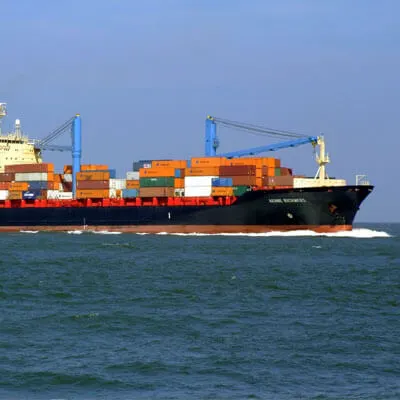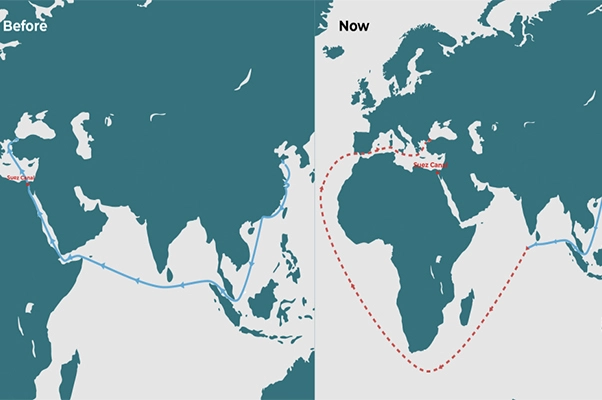+
“Whichever is greater” is a phrase to remember when calculating the cost of sailings goods by air. That’s because the airline will always look at two different measurements, the actual weight and the volumetric weight of the cargo. And then base their chargeable weight calculation the larger figure.
It’s important to understand the chargeable weight of the cargo as anyone underestimate the chargeable weight will likely to receive a unpleasant surprise when the bill arrives. Also, knowing the exact chargeable weight along with other factors helps with selecting the optimal transportation option.
In air freight transportation, the calculation factor for volumetric weight is typically 1: 167, meaning one cubic meter is approximately equal to 167kilograms.
For example, if an air shipment with a gross weight of 95KGS and volume of 1.1 cbm.
The volumetric weight for this shipment is 1.1 * 167 = 183.7kgs, which exceeds the actual gross weight of 95kgs.
As a result, call as light goods (referred to as Light Weight Cargo, Light Cargo/Goods, Low-Density Cargo, or Measurement Cargo in English), will be charged based on volume and not actual gross weight.
For another scenario, if an air shipment goes as gross weight 360kgs and volume of 1.6cbm.
The volumetric weight for this shipment is 1.6 * 167 = 267.2kgs, which is less than the actual gross weight of 360kgs.
This shipment is classified as heavy goods (or heavy cargo/ high density cargo), and the airline will charge base on the actual gross weight.
Length (cm) x width (cm) x height (cm) ÷ 6000 = volumetric weight (KG), ie 1 CBM ≈ 166.6666 KG.







